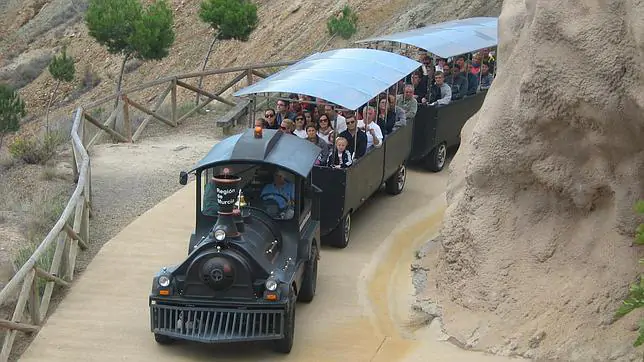Since 1996 the Spanish mining has suffered the forced reduction of the coal extraction, the standstill in the metal ore mining and the gradual increase in the exploitation of industrial minerals and rocks such as: celestine, sodium sulfate, fluorite, sepiolite, gypsum, feldspar, marble and granite which are becoming more and more important to the mining sector. As of 2003 the annual mining production involved 20.6 million tonnes of black coal and brown coal, 265,000 tonnes of iron ores, 70,000 tonnes of zinc concentrate, 2000 tonnes of lead, 6.5 million tonnes of gypsum and 2, 409, 554 barrels of oil.
In 2001 the basic energy resource in Spain was black and brown coal, among the ores the most popular one was zinc and the most frequently extracted industrial minerals and rocks were salt and special kinds of clays. The most important coal mines are situated in Asturia and the provinces of Leon and Teruel; the largest deposits of iron ores are located in the area of Santander and Bilbao. Almaden, in the province of Ciudad Real, is famous for mercury ore extraction and the metal ore mining in the region of Andalusia constitutes over a half of the country's production.
One of the oldest mines in Spain is situated in Cartagena- La Union.
The Mining Park of La Union is a privileged space in Sierra Minera, where you can learn about the process of old underground mining of the 19th century during a trip on a train, gaining an unforgettable experience of the journey. Over 4000 square metres of galleries and 80 metres depth. It is one of the most frequently visited mines in the European countries, with its unique interior and gigantic size.
Sierra de Cartagena - La Union which contained important deposits of metal minerals, mainly lead and zinc, was distinguished by intensive mining in the times of the Carthaginians and Romans. The mining boom in the 19th century caused the mines to fill with people and, since 1950, the open pit mine had a severe influence on the environment until the mine was closed in 1991.
All these elements compose a unique landscape which is a protected area. It is a historic sight of great value.
The richness and diversity of the cultural heritage and the environment, that Sierra Minera de Cartagena and La Union have, make people realise and appreciate the value and the great effort of the miners.
The tour lasts about two hours, starting from the Park Interpretation Centre, where you can watch a film that helps you understand about the history of La Union. After the visit to the interpretation centre you can buy souvenirs form the visited places.
